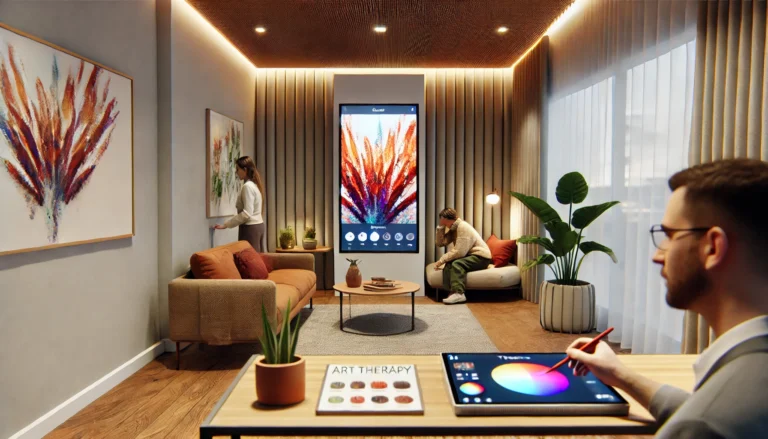In the initial segment of this series, we presented the Refined User-Centric Framework (RUCF), a revolutionary methodology for UX research and evaluation. This innovative model harmoniously combines the computational might of Artificial Intelligence (AI), the human-centered approach of design thinking, and the meticulous accuracy of an extensive UX scorecard. In this ensuing piece, we will not only dive deeper into the practical application of RUCF but also explore its far-reaching implications in real-world settings. Moreover, we will discuss how RUCF stands to potentially disrupt and redefine the entire UX research and evaluation landscape.
Understanding and Implementing the Refined User-Centric Framework (RUCF)
Embarking on the implementation of the RUCF within a UX research project begins with the identification and definition of the UX factors that are vital to the product or service in focus. Once these factors are isolated, each one is assigned a quantifiable measure of importance, termed ‘Importance Weightage’ in the RUCF UX Scorecard. This measurement acts as an indicator of its significance in the context of the overarching UX.
Subsequently, each UX factor is appraised across multiple facets – these include the various stages of design thinking, diverse target demographic groups, an assortment of screens and platforms, different geographical regions, and a variety of user behaviors. This meticulous process involves assigning a distinct score on each facet for every UX factor, resulting in a comprehensive matrix of scores. This matrix is a rich, multi-dimensional representation of the entire user experience landscape, presenting an intricate and detailed snapshot of the UX.
In order to calculate the weighted score for each facet, the Google Sheets SUMPRODUCT function is utilized. The formula =SUMPRODUCT($B$2:$B$21, C2:C21) is employed across every column. This step presents a granular, in-depth evaluation of the UX from various perspectives, affording UX researchers with a wealth of actionable insights.
Exploring the Real-world Implications of RUCF
The potential influence of the RUCF is wide-ranging and impactful in the real-world context. Here are some of the ways in which the RUCF can redefine UX research and evaluation:
- Enhancement of UX Design: The RUCF empowers UX designers with a refined understanding of user needs, predilections, and behaviors. This deeper insight is instrumental in shaping the design process, leading to the creation of more effective, engaging, and bespoke UX design that resonates with users on a personal level.
- Data-Driven Decision Making: The synergistic combination of AI and the detailed RUCF scorecard facilitates businesses to make decisions rooted in hard data. AI’s superior capability in recognizing patterns, trends, and correlations in the UX data enables businesses to prioritize improvements based on quantifiable and verifiable evidence.
- Emphasizing Empathy and User-Centricity: The integration of design thinking within the RUCF ensures a user-focused perspective is upheld throughout the entire UX research and design process. This integration fosters an empathetic understanding of the user, leading to the creation of solutions that genuinely address their needs and enhance their overall experience.
- Comprehensive Evaluation: The multi-faceted evaluation offered by the RUCF scorecard provides a panoramic view of the UX. This approach facilitates a more exhaustive UX evaluation compared to conventional methods, considering a broad spectrum of factors and dimensions.
- Scalability and Adaptability: The inherent structure of RUCF allows it to scale and adapt in response to the specific requirements of the project. The scorecard is designed to accommodate any number of UX factors and dimensions, making it an ideal tool for UX research projects of all scales, from modest to extensive.
To wrap up, the Refined User-Centric Framework ushers in a fresh, research-intensive, and user-focused approach to UX research and evaluation. By seamlessly blending AI, design thinking, and a robust UX scorecard, RUCF not only enhances the depth and breadth of UX research but also promises to revolutionize the way businesses comprehend and engage with their users. In the upcoming final part of this series, we will delve into the prospective future of RUCF and explore how it could spearhead the evolution in the realm of UX research. Stay with us as we uncover more insights and possibilities!










